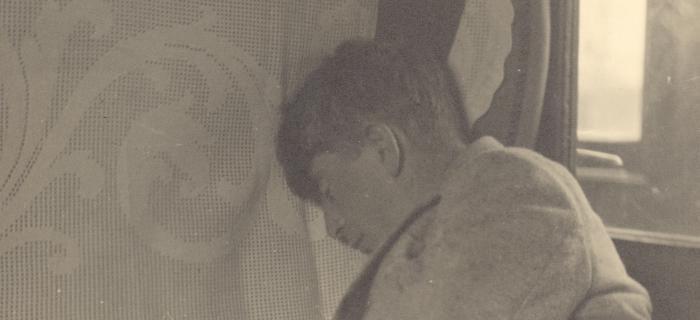DÉCOUVREZ LES 14 MUSÉES DE LA VILLE DE PARIS
Main menu

1926-1941 The Greek Source, Putting Down Roots in the "Land"
His work underwent profound changes. Without abandoning direct carving, Zadkine produced models in plaster or clay which were then cast in bronze. The Maenads, Birth of Venus, Draped Figure, Orpheus Walking and Diana … Freed from the restrictions of the compact block, the shapes yield to the harmony of a fluid rhythm.
His journey in Greece (1931) confirmed this return to the “crystal clear springs of the religious and aesthetic philosophies" of ancient art.
In 1928 Zadkine had left the studio in the Rue Rousselet for the "oasis" of the Rue d'Assas. His reputation was consolidated by solo exhibitions in London (1928), at the Venice Biennale (1932), at the Palais des Beaux-Arts in Brussels and in New York (1933). But due to the effects of the economic crisis, collectors vanished.
Faithful to the Pays du Quercy which he had discovered in the summer of 1918, Zadkine and his wife found their "land" in the village of Arques – a large dilapidated house with a barn which they moved into in 1934.
A land from which Zadkine had to tear himself away after the defeat of France and the stranglehold of the Nazis. At the end of May 1941, he obtained a visa for the United States.